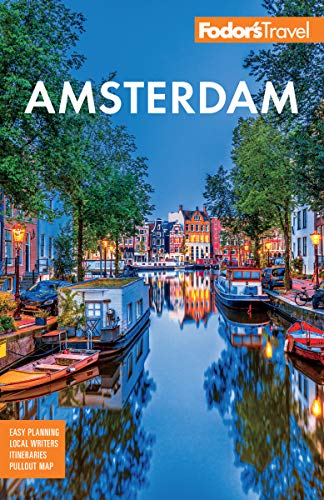Pronounced "Yore-dahn," probably from the French for garden (jardin), the Jordaan was long ago a working-class neighborhood, but has become steadily upmarket over the decades. In 1895 the area had a population of 80,000, making it one of the most densely populated parts of Europe; today the population is only around 20,000, and the whole area has been greatly gentrified. Its winding streets and sparkling canals are now lined with specialty shops, excellent restaurants, galleries, and designer boutiques, especially along the streets of Tweede Anjeliersdwarsstraat, Tuinstraat, and Egelantiersstraat. If you walk down the alleyway to the right of the Stadsschouwburg theater (Leidseplein 26), past the Melkweg and Sugar Factory and over the Leidsegracht, you'll have reached the southern perimeter of the Jordaan, quite different in its current incarnation than it was long ago. Built to house canal-belt construction workers in the 17th century, the city's smellier industries, like tanning and brewing, were also banished here. Living conditions were overcrowded and squalid, and the inhabitants gained a reputation for rebelliousness and community spirit. Elandsgracht was one of several canals in the area that were filled in for sanitary reasons in the 19th century. North of the Rozengracht, the Jordaan becomes even more scenic.

- Photo: Dennis van de Water / Shutterstock
- Photo: Eric Gevaert / Shutterstock
Jordaan
Explore Jordaan
Plan Your Next Trip
-
Things To Do





